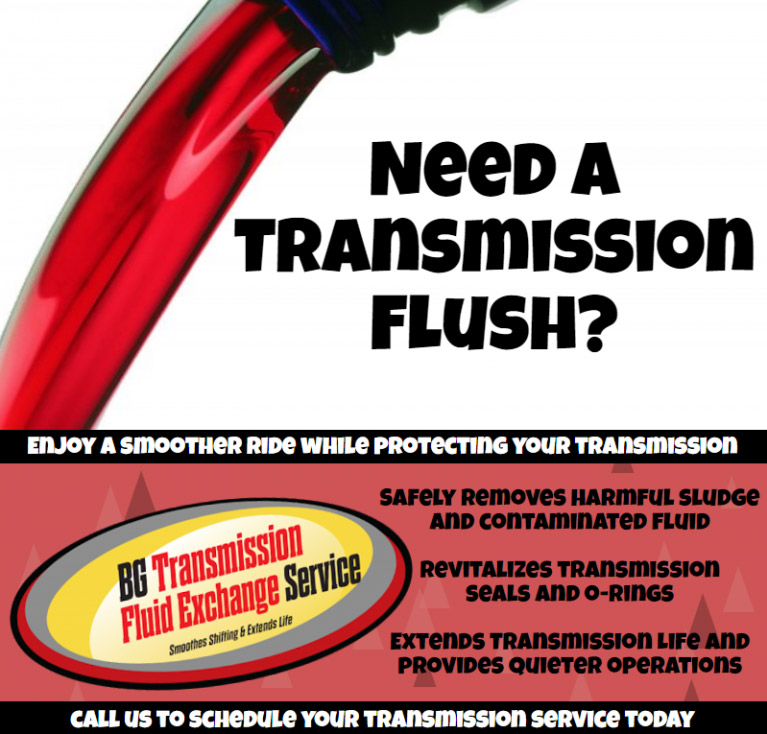
Every year, all across the U.S., more than 13-million automatic transmissions fail! YIKES!! Talk about scary!
Nearly nine out of ten transmission failures are due to overheating and fluid contamination, according to the Automatic Transmission Rebuilds Association. The primary cause of transmission failure is oxidized ATF (Automatic Transmission Fluid).
Oxidation causes the fluid to break down and lose its protective qualities. Heat is the major cause of ATF oxidation.
With today’s smaller, faster-running engines and increased stop-and-go driving, ATF is exposed to higher temperatures. That causes the ATF to breakdown faster.
The transmission is the heart of the engine and provides a consistent power source to the rest of the vehicle. It is made of 800 different parts and requires an expert to identify any issues and fix them.
There are a lot of small particles like metal shavings that get caught up or build up in the transmission fluid and as this passes through cogs and gears, it gets stuck and wears down the various parts of the transmission.
Without regular maintenance, this will lead to a need to rebuild the transmission in order to replace the worn parts.
A manual transmission is a lot easier to maintain and typically includes a transmission fluid flush and exchange.
Automatic transmission services are more complicated and may include a fluid flush and exchange, filter replacement, and pan gasket replacement.
The fluid in an automatic transmission has many important jobs to perform. All of these depend on the fluid being clean and in good condition. It is best to check your car owner’s manual for factory recommended maintenance since each car varies greatly by make and model.
However, the average vehicle needs to get a transmission fluid flush every 30,000 to 50,000 miles.
**Hillside Auto Repair firmly recommends every 30,000 miles to best protect your investment!**
The new transmission fluid improves the holding power between the clutches so that it doesn’t slip and reduces the heat created from friction.
You can feel the effects of oxidized fluid long before your vehicle-owner’s manual tells you to change it: There’s sluggishness when the transmission shifts gears!
Signs That Something is Wrong & Transmission Repair is Needed:
- Trouble Shifting Gears
- Gears Slip Out of Place
- Fluid Leaking
- Inoperative Vehicle
- Check Engine Light Turns On
- Burning Smell
- Grinding, Shaking, Clunking, Humming, or Whining
By making fluid changes a regular part of a vehicle’s maintenance, you’ll definitely help extend the life of the transmission.
We are here to help, every step of the way.